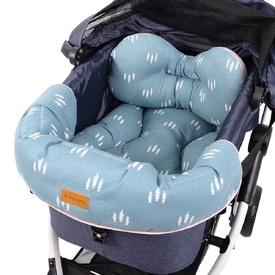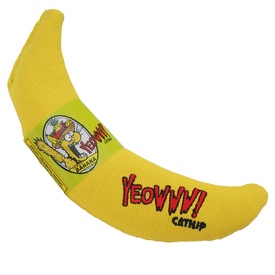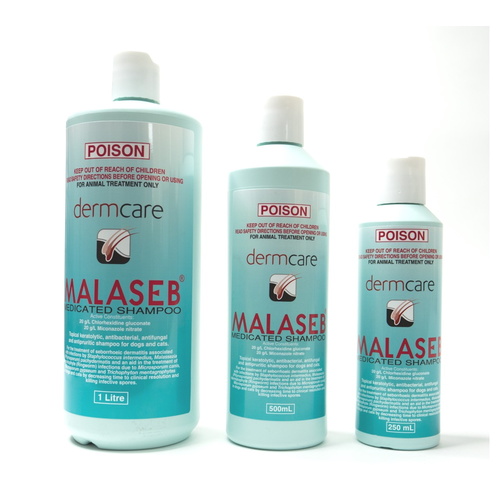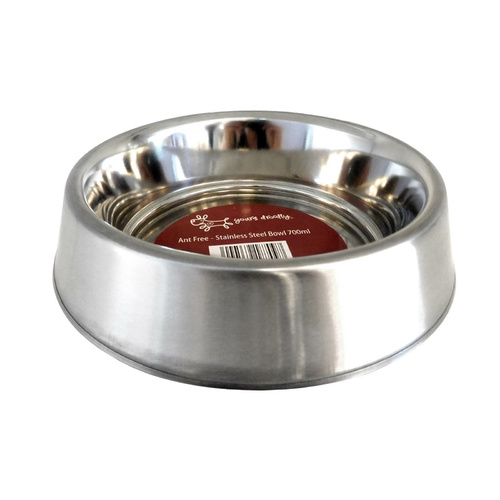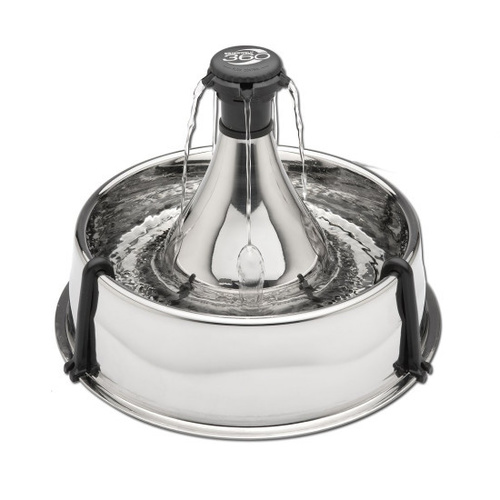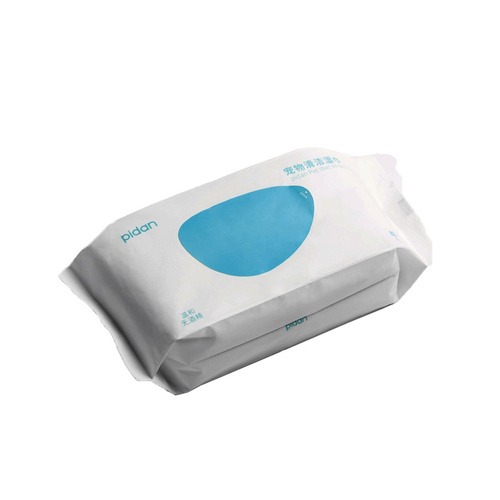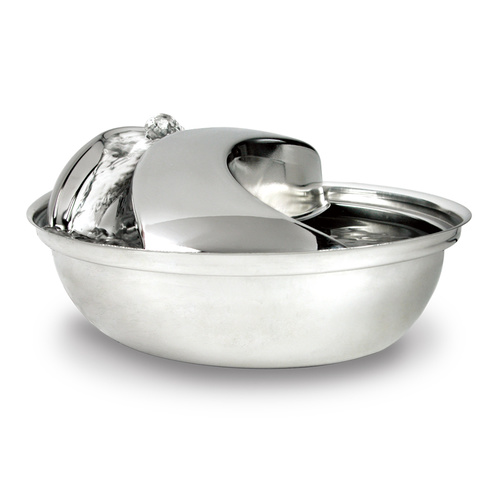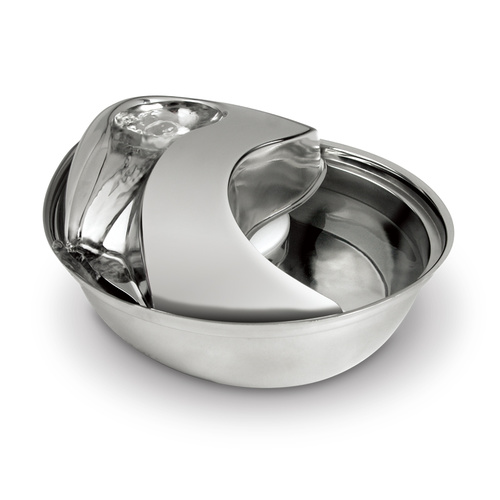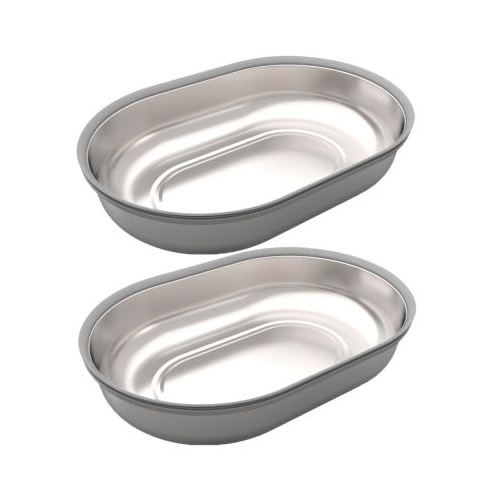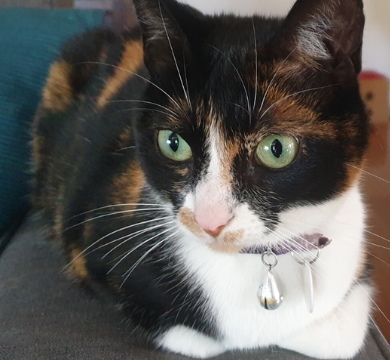
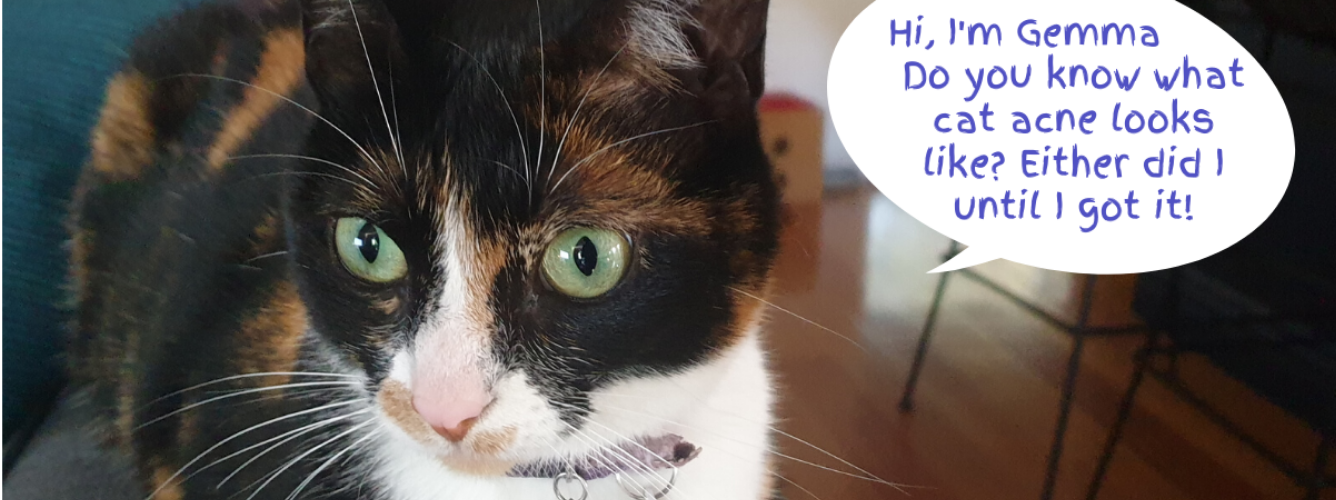
What You Need To Know About Cat Acne
by Lucky Pet ■ Updated: December 9, 2022
Yes, you read the title right: cats can get acne, just like humans do, and it can range from mild to severe. But instead of pus-filled pimples and large cystic zits that humans have, cat acne is different in texture and appearance and can look like small black dots or clusters of red and raw bleeding pustular sores (if it’s a serious cat acne condition) under their chin, which is the most common place for cat acne. Let’s dive deeper into what cat acne is all about:
Causes of Cat Acne
As mentioned before, cat acne often appears under your cat’s chin, a place where they use all the time for rubbing, and this condition is medically known as follicular keratinization. Excess protein, oils, and dead skin cells can get trapped in the hair follicles, causing irritation and clogged hair follicles. But that’s the basic explanation of cat acne, so we’ll get into more detail about the wide range of triggers that can cause or exacerbate existing cat acne:
- Food & Water Bowl Allergies – Plastic is a common allergen among cats, so ditch the plastic bowls, which are more likely to contract harmful bacteria over time if not cleaned frequently, and go for ceramic stoneware or stainless steel bowls for your cat instead. Your cat’s chin rubs against the bowl as they drink or eat, which can create an allergic reaction under their chin. And this leads to another cause related to cat bowls:
- Bacterial Infections – These types of skin irritations can be caused by harmful bacteria surrounding your pet’s plastic bowl or from various environments, from the groomer’s to nature (especially if your cat is an outdoor cat). Fungal infections are another factor to keep a watch out for.
- Stress, bad grooming, food allergies, and environmental factors (e.g., pollen) are also well-known triggers for cat acne; a main single cause has not been identified.
Treating Cat Acne
We already mentioned that switching from plastic to ceramic or stainless steel cat bowls is ideal in case your pet has a bacterial infection or allergy to their bowl. The best way to treat and manage cat acne is using an anti-bacterial wash, wipes, pads, sprays or topical treatment to reduce the symptoms and heal your pet’s acne. Chlorhexidine is the most effective antiseptic ingredient that helps eliminate cat acne, and this active ingredient can be found in a wide range of pet products. Benzoyl peroxide is another cat-safe ingredient that can help minimise cat acne. You can also use Malaseb, diluted, and dabbed onto the area and a range of antibacterial treatments like Sebazol, too.
Be 100% sure that your feline friend has cat acne by seeing your veterinarian for a proper diagnosis as well as treatment recommendations or prescriptions to help manage your cat’s acne condition. If your cat has developed severe acne and has open wounds, this can attract more infections, which will require more vigorous medical treatment. Always go to your veterinarian first before using any cat acne treatment products.
You Might Also Like

